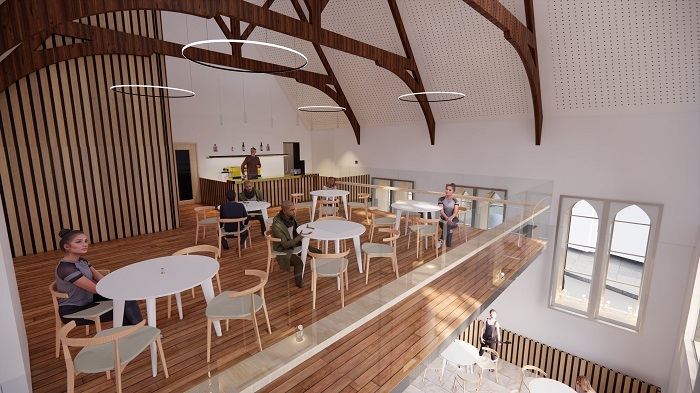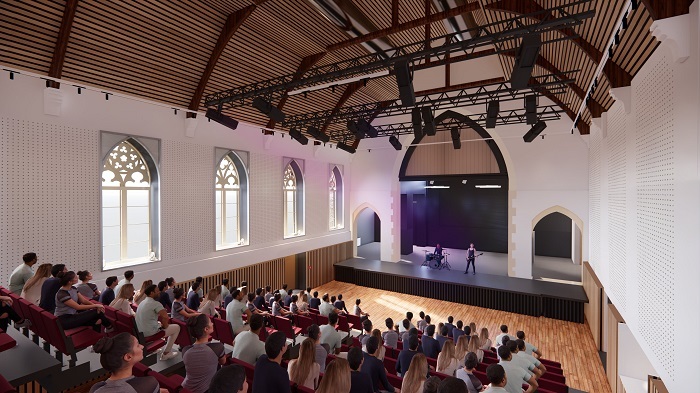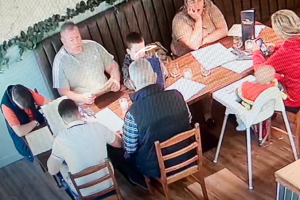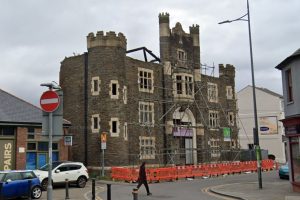PLANS to redevelop the Muni Arts Centre in the heart of Pontypridd are set for a decision.
A planning application and an application for listed building consent from the council are due to be considered by Rhondda Cynon Taf’s planning committee on Thursday, June 8.
The plans for the Grade II listed municipal building on Gelliwastad Road involve the conservation and repair of the building, including the refurbishment of the auditorium, remodelling of the entrance foyer, bar and mezzanine, installation of new passenger lifts, toilets, dressing rooms and Changing Places facilities as well as a bin store and associated improvements to back of house areas.

The planning report said that the building has been operated as an important venue for arts and culture for a number of decades however, due to financial constraints and lack of investment, the building suffered decline and eventually closed its doors in 2018.
It added that the council recognises the importance of this building as a cultural facility to the community and visitors to the region and a new lease agreement with an experienced third sector venue operating company (Awen Cultural Trust) has been reached.
The council acknowledges that the building will need investment to give it a new lease of life and to reflect both the value and significance of Pontypridd’s arts and culture in the quality of the facilities provided.
The report said that “the proposal under consideration in this application would primarily help to facilitate the re-use of the building as an important arts and cultural facility by upgrading the existing facilities and providing a better internal layout to improve its usability and accessibility for both staff and visitors.”
The report also said that the building was built in 1895 and functioned as the town’s Wesleyan Chapel and an associated Sunday School for many decades.
It later became a Municipal Hall and was converted to an arts centre in the 1980s.
The building was listed in 2001 for the architectural interest of its Gothic exterior and for its contribution to the impressive range of buildings on Gelliwastad Road, including the adjacent Municipal Building and St Catherine’s Church, the report added.
No letters of objection have been received from the public about this application.
In recommending approval, planning officers at the council said: “The proposal would enable the re-use of an historic and prominent building within Pontypridd Town Centre.
“The works would include a number of internal and external alterations which would improve both the overall visual appearance of the property and also the internal layout which would enable a more useable/accessible space.
“The works would also ‘put right’ a lot of the previous inappropriate interventions that have been carried out at the property.
“As such, it is not considered that the development would have any adverse impact upon the character and appearance of the site or the wider Pontypridd Conservation Area in which the site is set.
“Furthermore, it is not considered that the development would have an adverse impact upon the amenity and privacy of any surrounding residential or commercial properties or upon highway safety in the vicinity of the site.”
In terms of the listed building consent, planning officers recommend approval subject to a favourable referral to Cadw.
They said: “The works would be sympathetic and consistent with the special historic and architectural importance of the Listed Building and would have no adverse impact on its special significance.”
No public objections were received in relation to the listed building consent application.



















